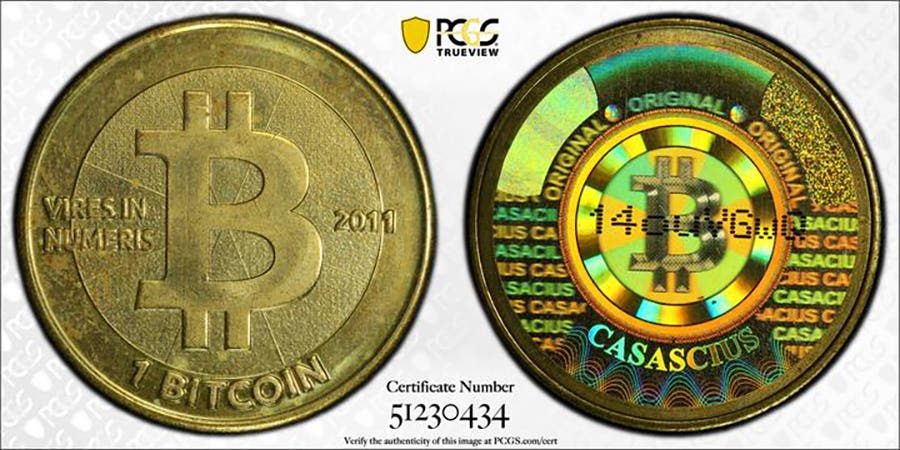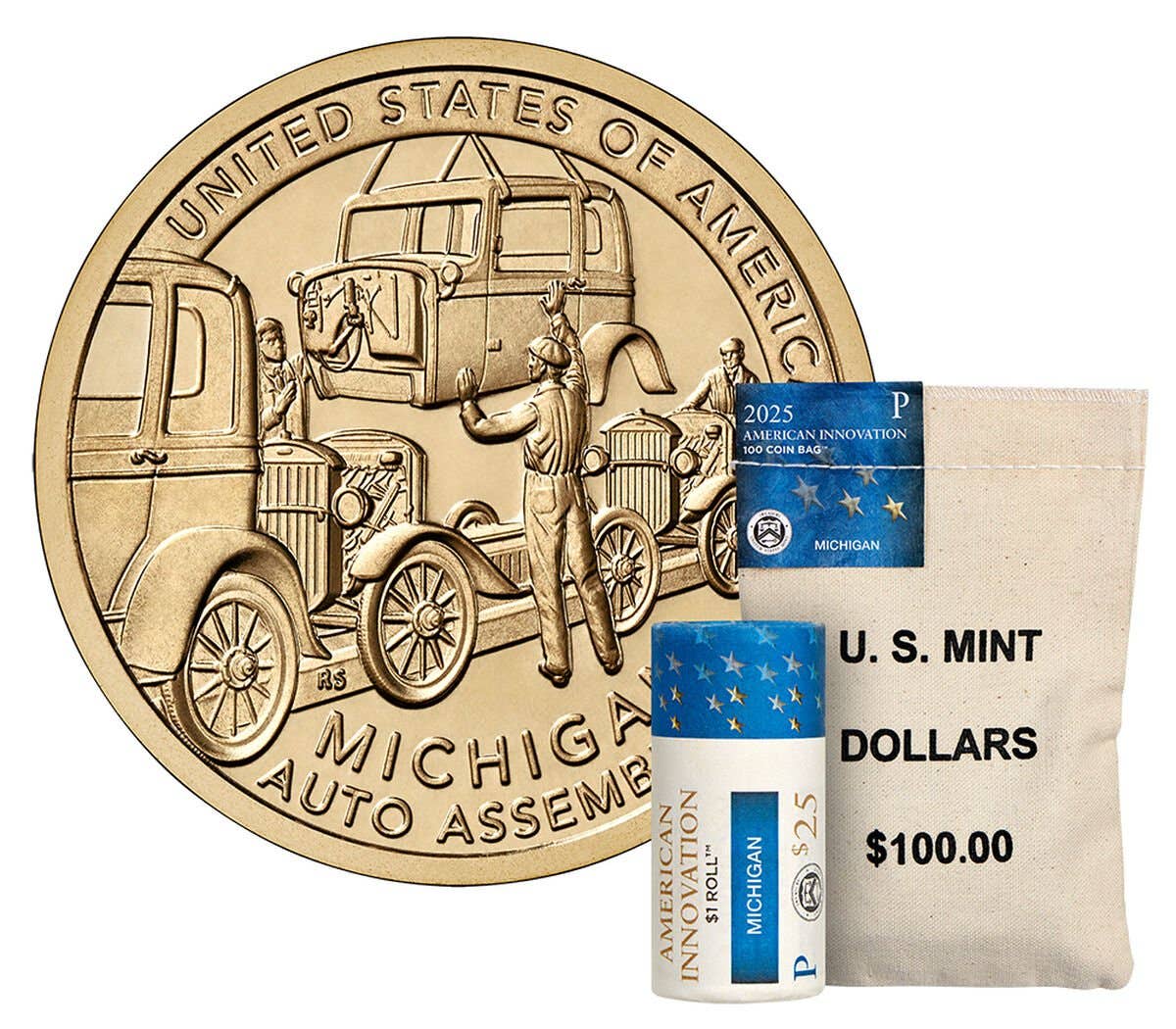What Designs Should Be on U.S. Coins?
In this decade, there already have been and will continue to be new designs appearing on U.S. coins. The designs for the last half of the quarters honoring American women…
In this decade, there already have been and will continue to be new designs appearing on U.S. coins. The designs for the last half of the quarters honoring American women have not yet been pinned down. Nor have the designs for all denominations of U.S. circulating coins dated 2026 or the quarters or half dollars for the rest of the decade. Then there are the designs yet to be created for future Native American and American Innovation dollars plus any commemorative issues.
Obviously, there are numerous opportunities available for any artist, young or old, to suggest designs for one or more coins.
But, beyond the opportunities to submit coin design ideas, maybe it makes sense to take a step back and ask what designs should appear on U.S. coins.
America’s first coins proclaimed the theme of Liberty, with Liberty depicted in female form. Stars were a standard design element for most coins, now symbolizing the original 13 states that formed the nation. The verbiage of “Liberty,” “E Pluribus Unum” and “In God We Trust” are also now required design elements.
What should be the themes expressed on America’s coins (and currency, while we are at it)? Should it be concepts such as liberty? Should they depict places or historical events? If people are depicted, what concept should be used to decide who they should be?
Another question to ask is who should make the decision on such themes? In a public survey taken after the death of Elvis Presley, the entertainer was the overwhelming favorite to be honored on a U.S. coin. It would make more sense that what is depicted on U.S. coins reflect enduring ideas instead of passing fads.
Design elements on coins (and currency) represent the issuing nation to the world. As such, they are not subjects to be considered casually, whether by the U.S. or any other country.
Incidentally, not only are the designs significant in making a statement for the issuing authority. Think about the founding of America. Virtually all residents of the newly independent nation were used to considering pounds, shillings and pence as the denominations used in everyday commerce. Thomas Jefferson pushed for the idea of the U.S. using a decimal coinage system instead. A decimal system may be more practical and rational (the United Kingdom abandoned the £/s/d regimen more than 50 years ago).
However, by the United States of America having its own monetary system distinct from that used in Britain, or in the Spanish or Portuguese colonies in the Western Hemisphere, it was also one more way of expressing independence from the influences of those other countries.
Patrick A. Heller was honored as a 2019 FUN Numismatic Ambassador. He is also the recipient of the American Numismatic Association 2018 Glenn Smedley Memorial Service Award, 2017 Exemplary Service Award, 2012 Harry Forman National Dealer of the Year Award and 2008 Presidential Award. Over the years, he has also been honored by the Numismatic Literary Guild (including in 2021 for Best Investment Newsletter), Professional Numismatists Guild, Industry Council for Tangible Assets and the Michigan State Numismatic Society. He is the communications officer of Liberty Coin Service in Lansing, Michigan and writes Liberty’s Outlook, a monthly newsletter on rare coins and precious metals subjects. Past newsletter issues can be viewed at www.libertycoinservice.com. Some of his radio commentaries titled “Things You ‘Know’ That Just Aren’t So, And Important News You Need To Know” can be heard at 8:45 a.m. Wednesday and Friday mornings on 1320-AM WILS in Lansing (which streams live and becomes part of the audio archives posted at www.1320wils.com).








